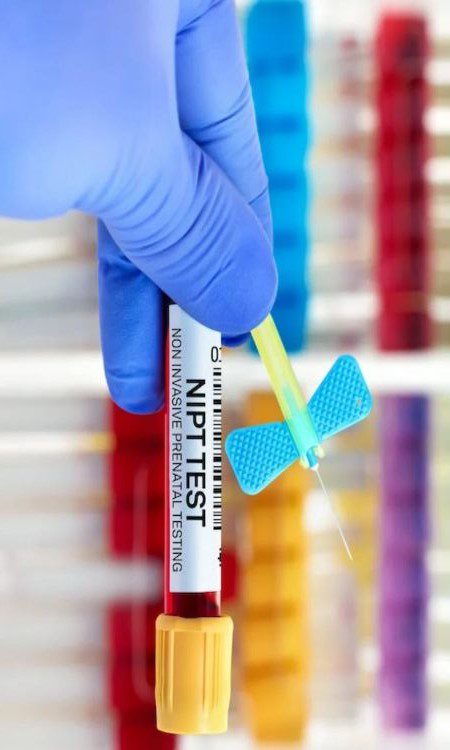Non-Invasive Prenatal Testing (NIPT) has become an important part of prenatal care worldwide. With just a blood sample, doctors can check for conditions like Down syndrome, without needing risky tests such as amniocentesis. The main benefits are safety, early detection, and peace of mind for parents. But, like all medical tests, NIPT has certain rules and standards. While global organisations have their own guidelines, India’s healthcare system, laws, and social conditions have shaped a different approach.
Global Standards for NIPT
Around the world, NIPT is discussed mainly for how accurate it is, how safe it is for mothers and babies, and the ethical issues involved
Whether American College of Medical Genetics (ACMG), International Society for Prenatal Diagnosis (ISPD), or European Society of Human Genetics (ESHG), these organisations have enacted different frameworks emphasising the need for clear indications, standards of laboratory quality, informed consent, and legitimate genetic counselling.
In general, NIPT is used globally as a screening method, but has no validity as a definitive diagnostic option. The test results should always be checked with other diagnostic methods, like chorionic villus sampling or amniocentesis, before making any medical decisions.
NIPT is probably the most well-accepted test in the US, with most insurers required to cover its cost. In contrast, in Europe, the policy is decentralised, as most countries acknowledge the value of public health care systems for NIPT tests. The method adopted in China, on the other hand, tends toward large-scale operations supported by the government and large-scale research endeavors, subsequently making NIPT omnipresent in nearly all centres in the urban and semi-urban zones.
India’s Current Approach
In India, the provision of NIPT has been growing for decades, with the dominance of the practitioners being majorly private healthcare providers within the cities themselves. Among the middle and upper classes, where awareness is rising, accessibility remains scattered.
In India, a standardised national set of guidelines for NIPT is yet to be issued. Instead, practice was left up to medical societies, autonomous institutions, and the wider regulatory environment prevalent in prenatal diagnostics under the Pre-Conception and Pre-Natal Diagnostic Techniques (PCPNDT) Act. This act mainly works to stop sex-selective practices. NIPT can be used to detect chromosomal problems, but using it to find out a baby’s sex is strictly banned.
In clinical practice, NIPT is recommended for women at a high-risk category, such as those over 35 years of age, or with some abnormal ultrasound or biochemical findings. Genetic counselling is advised for prospective parents, though the level of counselling varies greatly between cities and even between various institutions within a city. The test is too expensive for many families to afford. It costs between ₹20,000–₹40,000. At the same time, private labs are increasing in numbers, and awareness about NIPT testing is restricted only to big cities, while smaller towns and rural areas remain unaware of it. Due to the non-existence of uniform national guidelines, there is a lot of inconsistency in how tests are marketed and described to patients.
How India Compares Globally
Globally, uniform regulation, fair access, and structured counselling are the most desirable; however, in India, progress in this area has been uneven, with access largely limited to metropolitan cities and regulations shaped more by concerns of misuse than by efforts toward standardisation of care. This, however, is the momentum building in the positive direction. Private diagnostic companies are building capacity; clinicians are increasingly adopting this test in practice, and the conversation for making the test affordable for universal access has started. If India were to establish national-level guidelines and integrate NIPT within public health programs, it would be closely aligned with international paradigms.
Conclusion
In conclusion, global standards for NIPT focus on accuracy, ethical use, and equal access. India is moving forward, but still faces problems like high costs, low awareness, and no clear national guidelines.” Slowly, with this awareness and the ever-changing policies, NIPT in India can transform itself from an urban-oriented, private-sector kind of service to an integral and commonly used prenatal care facility. This would mean low-cost, reliable testing and proper guidance to help parents make the right decisions.










